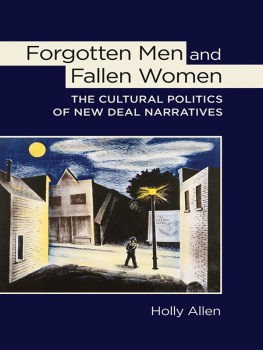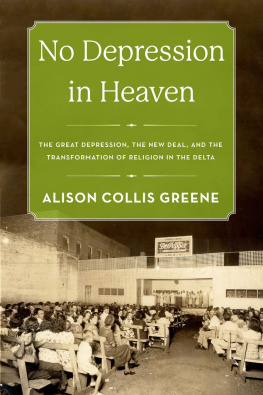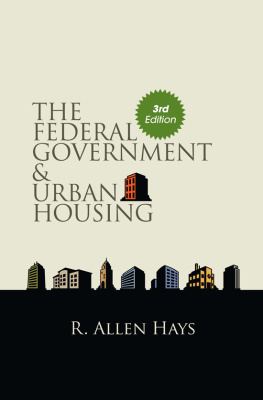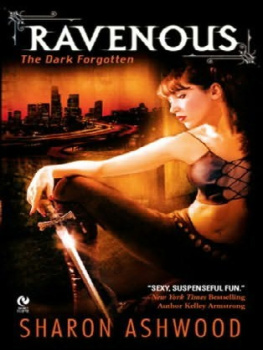More Terrible than the Sword
Emotions, Facts, and Gendered New Deal Narratives
In the spring of 1932, more than twenty thousand jobless men converged on Washington, DC, demanding early payment of cash bonuses to which they were entitled as veterans of the Great War. When the Senate failed to pass Bonus legislation in mid-June, some veterans left Washington, but many stayed behind, vowing to continue their protests until their demand for early veterans compensation had been met.
Remarkably, the ranks of Bonus veterans swelled in the weeks following the defeat of the Patman Bill. Disconcerted by marchers vows to remain in Washington until their demands were satisfied, President Herbert Hoover ordered General Douglas MacArthur to disperse the marchers by force. In an event that furnished some of the most arresting images of political crisis in twentieth-century America, MacArthur mobilized whippet tanks, saber-wielding cavalrymen, and foot soldiers armed with tear gas and bayonets to force the marchers out of Washington.
Marchers called their encounter with federal troops on July 28, 1932, the Battle of Washington. Together with sympathetic journalists, they characterized the battle as an assault on their rights as veterans and as family men. Popular accounts of the battle centered on federal troops assault on marchers
After the Battle of Washington, welfare administrator J. Prentice Murphy visited a large encampment of retreating marchers in Johnstown, Pennsylvania, and was amazed by the stories marchers told. What astonished and frankly frightened Murphy were not just the overblown reports of atrocities marchers describedan ear sliced from the head of a retreating veteran, a child bayoneted while attempting to rescue his pet rabbit, veterans barred from rescuing tear-gassed wives and children. Rather, what concerned Murphy even more was the power such stories had to foment social revolution. One could see how far such tale[s] would run, how difficult it would be to keep [them] within the facts, Murphy commented. He added, Emotions do strange things to facts. They can set them on fire so that they can become more terrible than the sword. Murphy lamented that atrocity stories stemming from the Bonus rout were abroad in the land, being told at this fireside or in that store, or at some family table. He concluded, We must bestir ourselves to see that we do not give occasion for the makings of more such stories.
Murphys resolve notwithstanding, such stories proliferated throughout the 1930s by word of mouth, in print, in political rhetoric, and even in popular music and film. They were joined by other sensational gendered narratives in the Great Depression, some focusing on unemployed breadwinners, others on wandering youth and homosexual transients, and still others on pantry-snooping female caseworkers and emasculating wives. As the Depression gave way to war and economic conditions improved, a new set of sensational narratives emerged: stories of heroic white male air-raid wardens and meddlesome civilian women, of idealized white male soldiers and disloyal Japanese American men.
How do we make sense of such stories? What might they tell us about the gender and racial contours of U.S. civic culture in the New Deal years?
A central premise of this book is that stories are a crucial means through which ordinary people understand their place within systems of national political Significantly, the stories that gained the most traction dramatized the effects of expansive governmental authority on long-standing civic ideals, such as the small-town community and the white-male-headed home. Stories of jobless white breadwinners restored to civic respectability through federal public works and of white wandering youth restored to masculine virility through emergency conservation work invoked traditional notions of white male civic authority, while introducing Americans to new concepts of social citizenship and welfare statehood that might otherwise seem threatening. Civic stories that celebrated virile white manhood, hard at work on New Deal relief projects, helped to align residual white male authority with the emergent welfare state, even as the growth of a federal relief bureaucracy compromised existing state, local, and familial sources of civic power.
The apparent tension between residual and emergent sources of civic authority was elided in such narratives through the emotionally satisfying convention of scapegoating gender outlaws, such as unsavory loafers and transient perverts, selfish women workers and emasculating wives. Even as mass unemployment and the advent of a federal relief bureaucracy seemed to compromise masculine self-reliance and local civic autonomy, stories in which transient wolves seduced impressionable youth or in which selfish wives nagged and demoralized husbands diverted public scrutiny from the expansion of federal power to the scandalous conduct of gender and sexual outsiders. Particular sensational narratives recurred so frequently that we might regard them not as isolated civic stories, but rather as civic genres. Lauren Berlant defines genre as an aesthetic structure of affective expectationthat absorbs all kinds of small variationswhile promising that the persons transacting with it will experience the pleasure of encountering what they expected, with details varying the theme.to renewed pride, purposefulness, and patriotism as beneficiaries of federally sponsored work relief. They also offered affective assurance that the New Deal, despite its expansive bureaucratic authority and apparent disregard for local civic traditions, was a champion of the very political conventions it seemed most to upset: local civic autonomy and the self-reliant white-male-headed home.
Emotions, as Murphy noted, do strange things to facts. In the case of forgotten-man stories, positive feelings of sympathy, pride, and reassurance combined with negative regard for feminized and racialized outsiders to engender support for the New Deal state, despite the anxiety many Americans felt over the expansion of federal power that New Deal policies entailed. Yet Murphy also noted that stories can run out of control; as they proceed from fireside to store to family table, their emotional and political impact can change. Certainly, in the case of forgotten-man narratives, what New Deal officials authored as a heartwarming story about the civic regeneration of jobless white breadwinners would become an alarming narrative of civic degeneration when reauthored by conservative critics of the New Deal. Yet regardless of whether forgotten-man stories cast the New Deal in a positive or a negative light, they invariably affirmed the ideal of white heterosexual masculine authority in the household and the public square. Moreover, they helped to constitute a gendered, raced, and sexed U.S. public whose members derived pleasure from the genres repeated portrayal of white male breadwinners who triumphed over economic and personal adversity.
On one hand, this work considers a series of emotionally charged civic narratives, each of which speaks to the gender, racial, and sexual dimensions of the emergent U.S. welfare state. Yet it complements that discursive emphasis with a focus on the institutional histories of several federal agencies. Beginning with the Federal Emergency Relief Administration (FERA) and Civilian Conservation Corps (CCC) in 1933, continuing through the Works Progress Administration (WPA), and concluding with the Office of Civilian Defense and the War Relocation Authority (WRA) in World War II, it analyzes institutional sources to explore how gender, racial, and sexual differences informed Americans lived experience of citizenship in the Depression and World War II.







